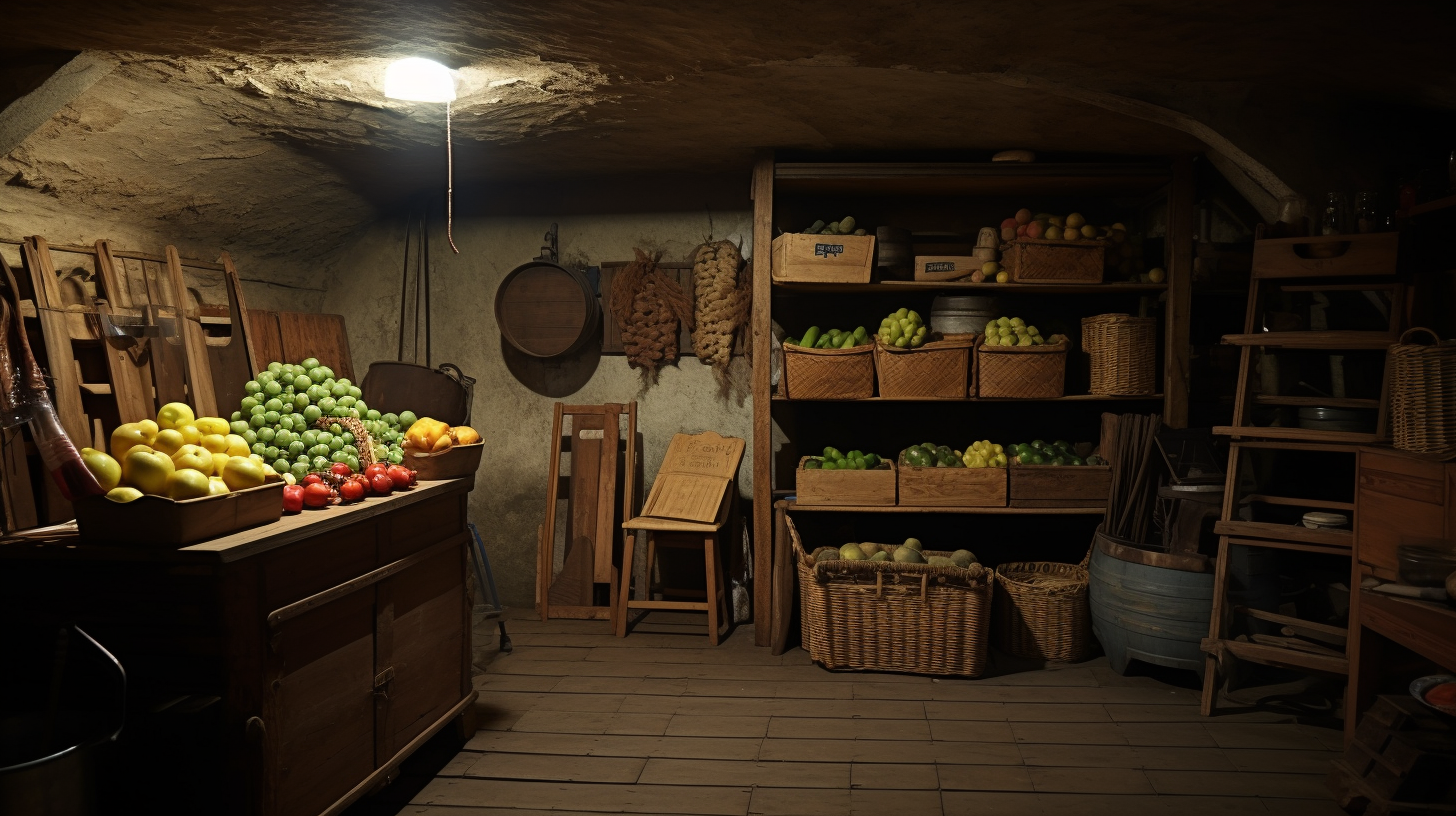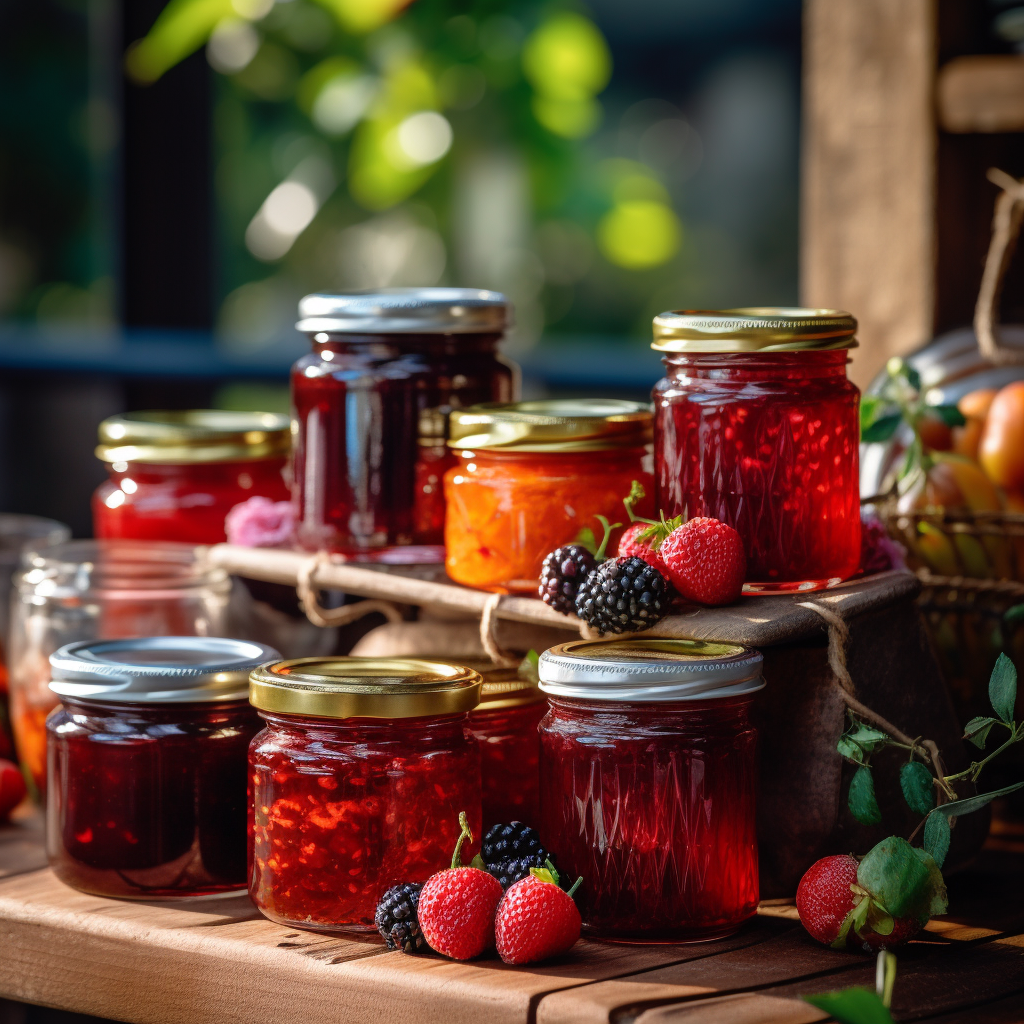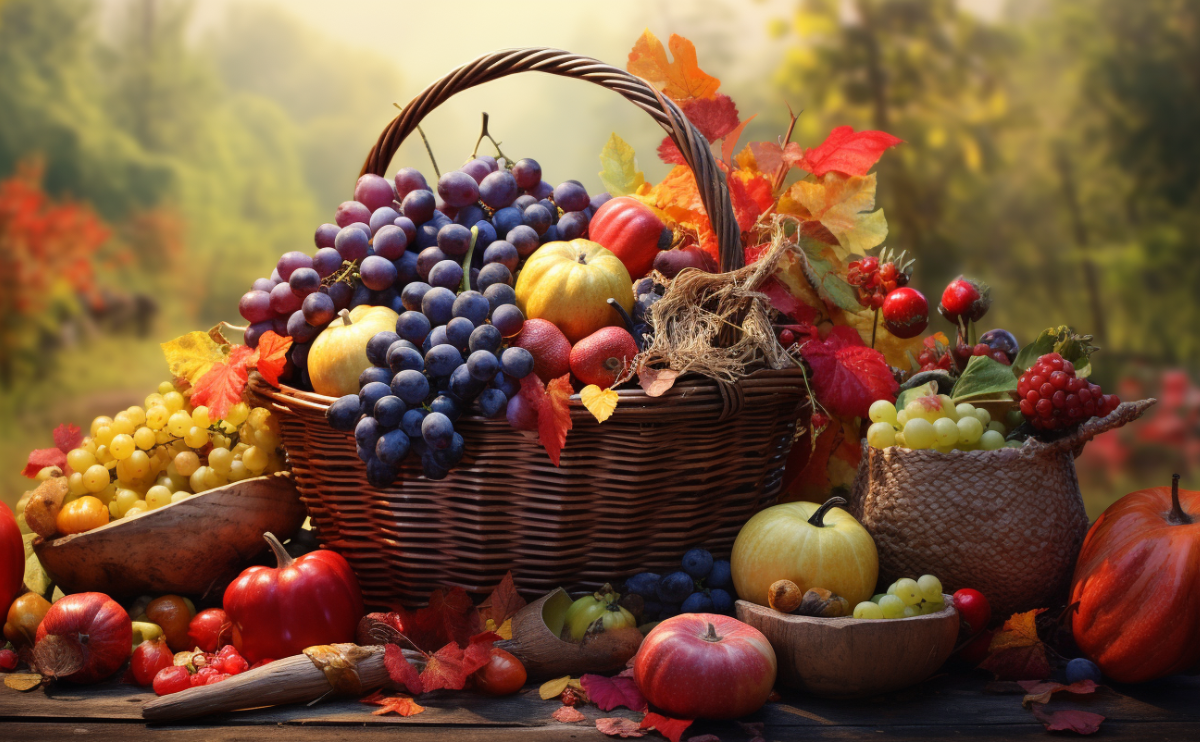The fall harvest is a time of celebration for gardeners. After months of nurturing, tending, and watching plants grow, the garden is finally ready to offer its bounty. As the leaves turn golden and the air becomes crisp, gardens across the USA are brimming with fresh produce. But the question arises: how can you make this bounty last? The answer lies in effective storage techniques. Proper storage not only preserves the freshness of the produce but also ensures that you can enjoy the flavors of your garden even when snow blankets the ground.
Understanding Your Garden Produce
Every piece of fruit or vegetable harvested from your garden is unique and requires special care. Root vegetables like carrots and beets differ in storage needs from leafy greens like lettuce or spinach. Understanding these nuances is crucial. For instance, tomatoes prefer cooler room temperatures, while apples require colder storage. By investing time in learning about each vegetable or fruit’s specific requirements, you can maximize their freshness and flavor for months.
Optimal Storage Conditions:
Storing your garden’s bounty effectively requires a keen understanding of the environment’s role in preserving the freshness and flavor of your produce. The longevity and quality of your harvest are significantly influenced by factors like temperature, humidity, and light. By carefully monitoring and adjusting these conditions, you can ensure that each vegetable and fruit retains its natural taste and texture for longer periods.

1. Temperature Control
Temperature plays a pivotal role in the storage of garden produce. For instance, potatoes, known for their hardiness, are best stored at temperatures hovering around 45°F (7°C). In contrast, pumpkins and winter squashes, with their thick rinds, prefer slightly warmer conditions, ideally around 50°F (10°C). It’s essential to understand the unique temperature needs of each produce to prevent premature spoilage.
2. Humidity Levels
Humidity is another critical factor in storage. While root vegetables like carrots, beets, and turnips thrive in environments with high humidity levels of about 95%, other produce like onions and garlic demand lower humidity levels, around 60-70%. This balance ensures that the vegetables neither dry out nor become too moist, leading to potential rot.
3. Light Management
Light can be both a friend and foe when storing garden produce. Direct sunlight, especially on tubers like potatoes, can cause them to sprout or develop a green hue, which can be toxic. It’s crucial to store such vegetables in a dark, cool place. Conversely, leafy greens might benefit from a hint of indirect light, helping them stay vibrant and fresh.
4. Shelving and Storage
The way you arrange your produce can also impact its longevity. Slatted wooden shelves or mesh racks promote good air circulation, ensuring that the produce doesn’t become moldy or damp. Tomatoes, with their delicate skins, are best stored on shelves where they have space and don’t touch each other, minimizing the risk of bruises and rot.
5. Ventilation
Ventilation is often overlooked but is vital in storage. Some fruits, like apples, release ethylene gas, which can accelerate the ripening process of other produce. By ensuring proper ventilation, you can prevent the buildup of this gas, allowing for a more extended storage period and reducing the chances of premature ripening or decay.
Using Natural Preservatives
Nature is abundant with herbs and spices that can act as natural preservatives, offering a chemical-free way to extend the shelf life of your garden harvest. Incorporating herbs like rosemary, thyme, or bay leaves into your storage areas can significantly enhance the longevity of your produce. These herbs not only act as preservatives but also add a pleasant aroma that can make the storage area smell fresh and earthy.
Moreover, spices such as turmeric and cinnamon are known for their antimicrobial properties and can be used to preserve certain types of produce. For instance, a sprinkle of turmeric and salt can keep the freshness of root vegetables intact for a longer period. Similarly, cinnamon sticks can be placed in storage containers to help maintain freshness.
Regular Monitoring of Garden Harvest
Consistent checks on your stored produce are essential. Over time, even the best-stored items can show signs of spoilage, rot, or mold. Regular inspections help in early detection, ensuring that one bad apple doesn’t spoil the bunch. Rotate your stock, bringing older produce to the front, ensuring nothing gets forgotten at the back. This rotation ensures even usage and maintains the overall health of your stored bounty.
Embrace Freezing, Drying, and Canning for Garden Produce
Modern preservation methods like freezing, drying, and canning can be a boon for gardeners. For vegetables like beans or peas, blanching them briefly before freezing can retain their vibrant colors and flavors. Drying, especially for herbs, is a fantastic method. It not only preserves them but also concentrates their flavors, making them a delightful addition to winter stews and soups.
Canning, another age-old technique, has made a significant comeback in recent years. It’s an excellent way to store fruits, vegetables, and even meats. Garden-fresh tomatoes can be turned into sauces, salsas, or jams, while cucumbers can be pickled with dill and spices. The process involves placing foods in jars and heating them to a temperature that destroys microorganisms and inactivates enzymes. This heating and later cooling form a vacuum seal. The seal prevents other microorganisms from contaminating the food within the jar. When done correctly, canned goods can last for years, ensuring that you have a taste of your garden even in the depths of winter.

Garden Tools and Equipment
Your storage is only as good as the tools and containers you use. Ensure that bins, baskets, or containers are cleaned and sterilized. This step is crucial to avoid contamination. Garden tools, especially those used during harvest, should be well-maintained. Regular cleaning and sharpening ensure that they don’t introduce any pathogens to your produce, ensuring a longer shelf life.
The joy of gardening doesn’t have to end with the fall harvest. With the right storage techniques, diligence, and care, you can savor the fruits of your labor throughout the chilly winter months, eagerly awaiting the next planting season!
Detailed Guides for Planting Vegetables, Herbs, Greens & Lettuce, Peppers, and Wildflowers in Your Garden:
At FarmerValley we offer detailed guides for planting vegetables, herbs, greens & lettuce, peppers, and wildflowers. These guides provide step-by-step instructions for planting and caring for your plants, as well as tips for getting the best results. Check our growing guides and plant your own non-GMO garden with confidence.
Planting non-GMO seeds is a great way to enjoy fresh and healthy vegetables and herbs while also knowing that you’re avoiding harmful additives. With these essential tips and top lists, as well as our detailed guides, you’ll be on your way to a bountiful harvest in no time.
Elevate your gardening experience with FarmerValley’s premium seeds! Choose from our wide selection of high-quality varieties to enhance your garden and enjoy a bountiful harvest. Trust in our expertise and start your journey towards a thriving and beautiful garden today.

